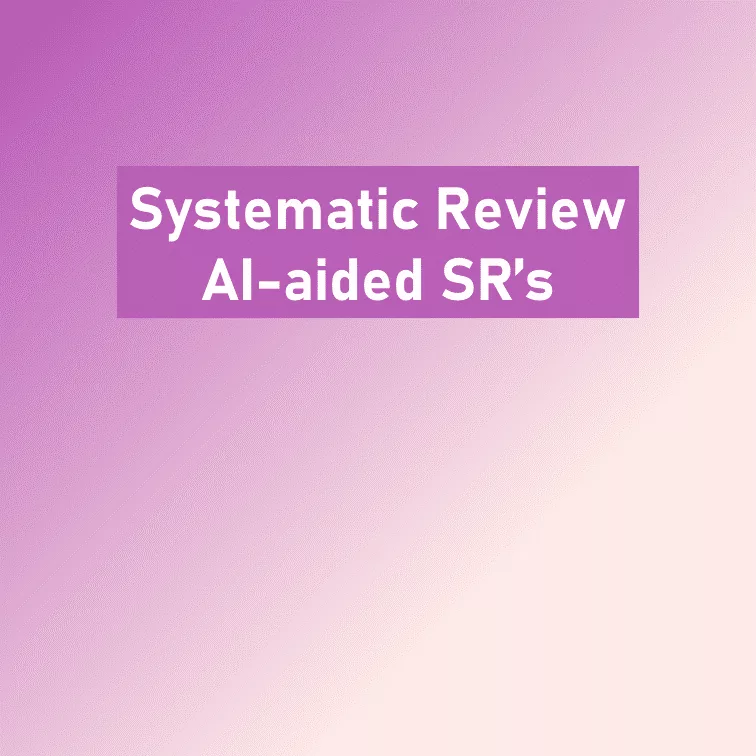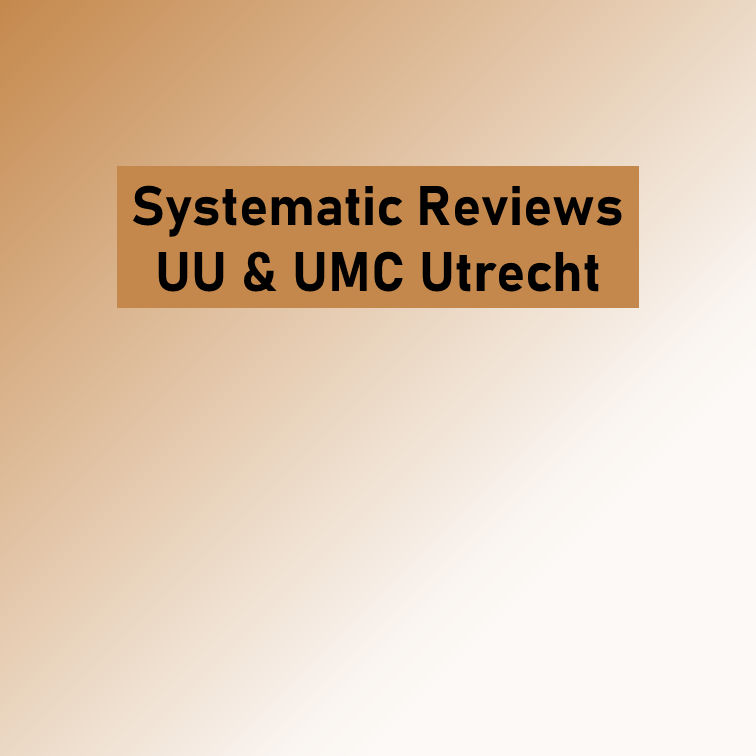Active learning-based Systematic reviewing using switching classification models: the case of the onset, maintenance, and relapse of depressive disorders.
Systematic reviews and meta-analyses are top of the bill in research. However, the screening phase requires an enormous effort in reading and labeling thousands of papers identified via systematic search. Active learning-aided systematic reviewing offers a solution by combining machine learning algorithms with user input to reduce screening load. This study explores the performance of these algorithms and different ways to apply them. This study is divided into four studies evaluating and improving this active learning pipeline. First, the performance and stability of the active learning pipeline were assessed via simulations and re-analysis of the outcome. Secondly, a convolutional neural network was developed to improve upon available machine learning algorithms. Thirdly, the performance of different algorithm combinations was tested and compared. Finally, algorithm-switching models were built for increased performance. The study concludes with proposals for improving active learning-aided systematic reviews based on combinations of the four studies. It was found that switching models can outperform the currently used models.
Teijema, J., Hofstee, L., Brouwer, M., de Bruin, J., Ferdinands, G., de Boer, J., Vizan, P., van den Brand, S., Bokcting, C., van de Schoot, R., Bagheri, A. (2022, July 15). Active learning-based Systematic reviewing using switching classification models: the case of the onset, maintenance, and relapse of depressive disorders. PsyArXiv. https://doi.org/10.31234/osf.io/t7bpd












